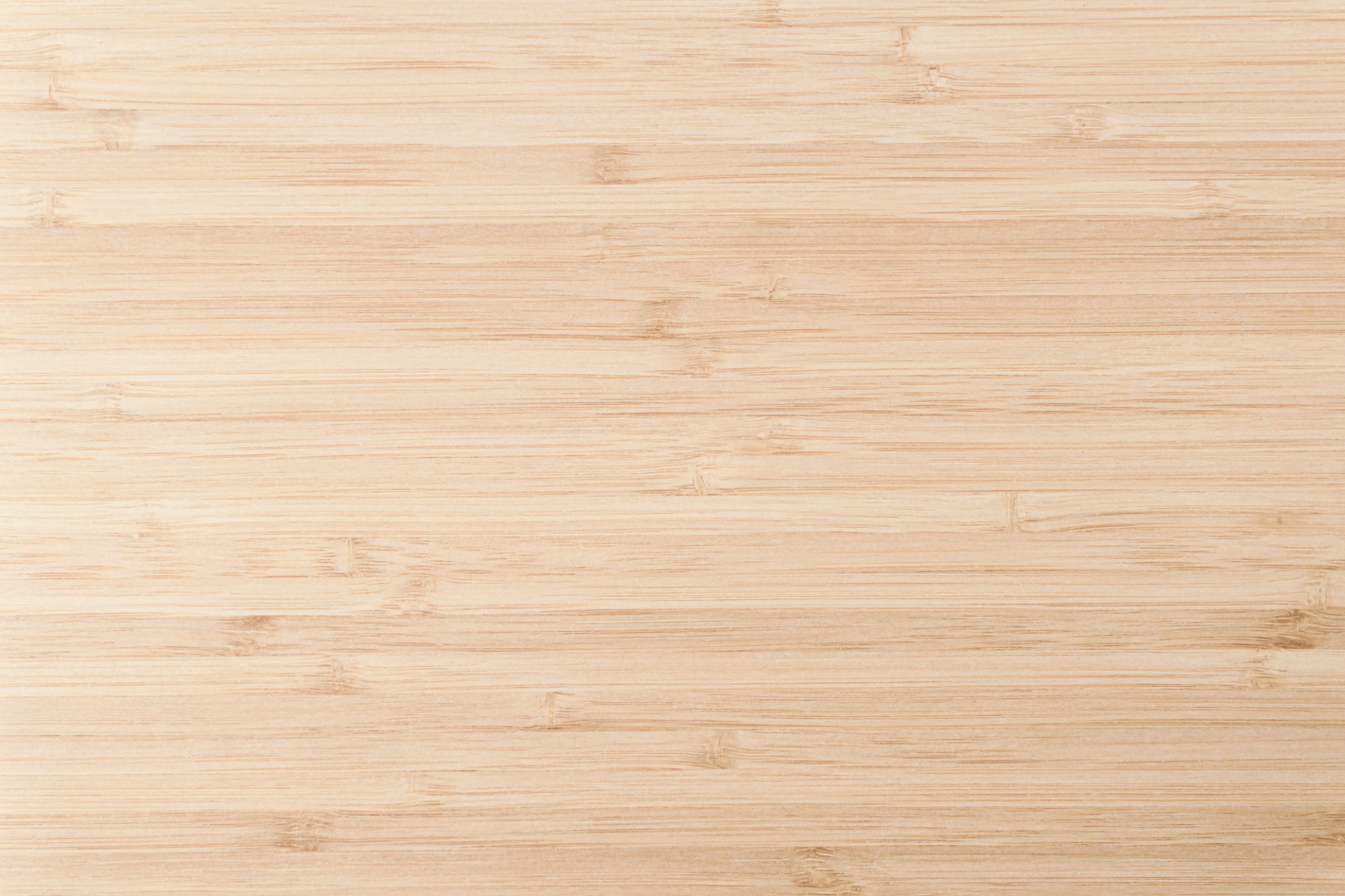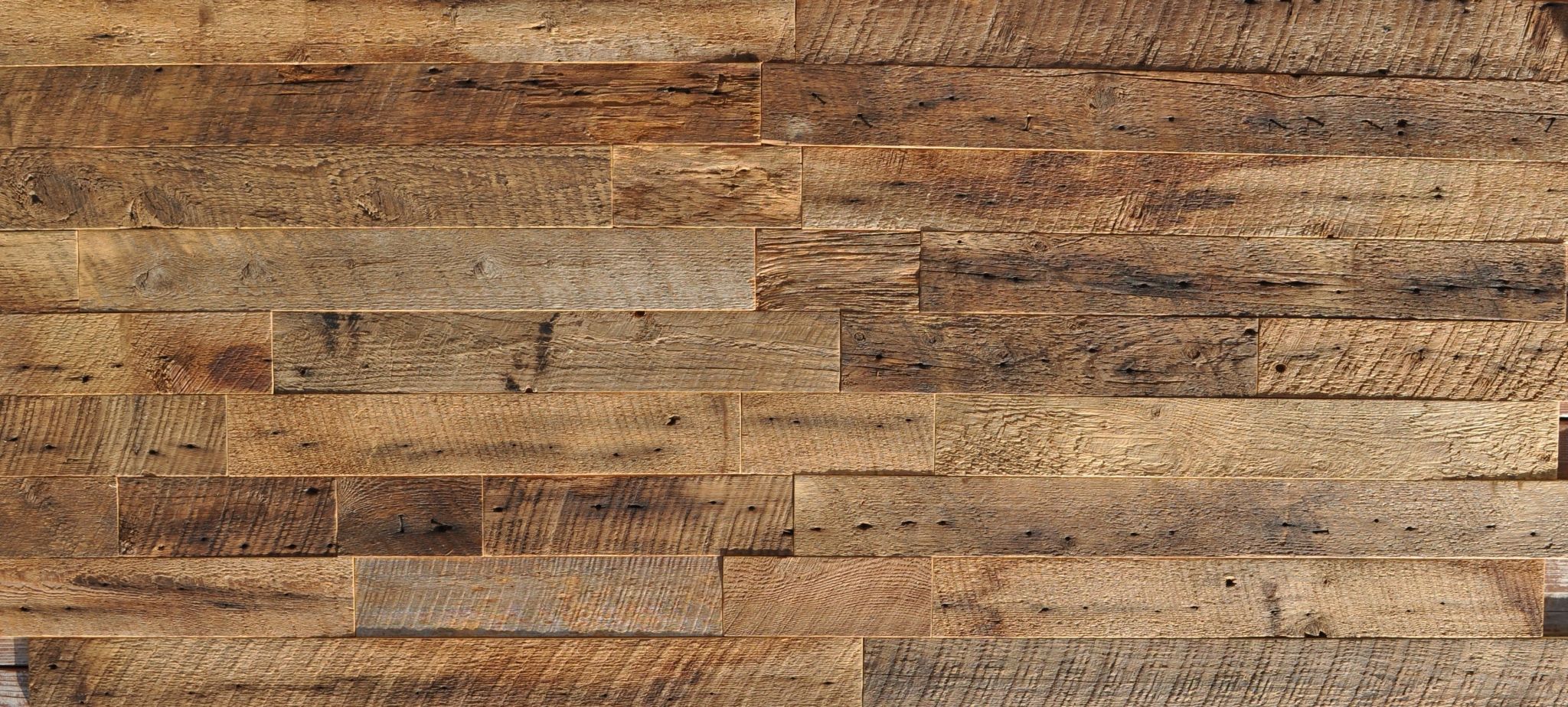Eco-Friendly Flooring Options for a Sustainable Home
Introduction to Eco-Friendly Flooring
When building or renovating a home, choosing eco-friendly flooring is a crucial step towards creating a sustainable living environment. Not only do these options reduce your carbon footprint, but they also contribute to a healthier indoor air quality. Let's explore some of the most popular eco-friendly flooring options available today.
Bamboo Flooring
Bamboo flooring is a popular choice for environmentally conscious homeowners. As a rapidly renewable resource, bamboo grows much faster than traditional hardwoods while offering similar durability and aesthetic appeal. Additionally, bamboo is naturally resistant to moisture and pests, making it an ideal option for various climates.

Cork Flooring
Cork is another sustainable flooring option derived from the bark of cork oak trees. Harvesting cork does not harm the trees, allowing them to continue growing and absorbing carbon dioxide. Cork flooring is not only eco-friendly but also offers excellent insulation properties, sound absorption, and comfort underfoot.
Moreover, cork is naturally resistant to mold, mildew, and insects, making it a great choice for allergy sufferers. Its unique cellular structure provides a cushioning effect, reducing the risk of injury from falls and making it a comfortable option for kitchens and playrooms.

Reclaimed Wood
Reclaimed wood flooring gives new life to old materials by repurposing wood from barns, factories, and other structures. This option not only reduces the demand for new lumber but also preserves the history and character of the wood. Each plank tells a story, adding a unique touch to your home’s design.
Aside from its aesthetic appeal, reclaimed wood is often more stable and durable due to its age and prior exposure to the elements. By choosing reclaimed wood, you are supporting sustainable practices and reducing waste in landfills.

Linoleum Flooring
Linoleum is a classic eco-friendly flooring option made from natural materials such as linseed oil, cork dust, and wood flour. Unlike its synthetic counterpart, vinyl, linoleum is biodegradable and emits no harmful VOCs (volatile organic compounds), promoting a healthier indoor environment.
This versatile material is available in a wide range of colors and patterns, allowing homeowners to find the perfect match for their interior design. Linoleum is also durable and easy to maintain, making it an excellent choice for high-traffic areas.
Recycled Carpet
For those who prefer the warmth and comfort of carpet, recycled carpet options are an eco-friendly alternative. Made from materials like recycled plastic bottles or reclaimed wool, these carpets help reduce landfill waste while providing the same softness and insulation as traditional carpets.
Recycled carpets come in various styles and textures, ensuring that you can find an option that complements your home’s decor. Additionally, many manufacturers use non-toxic dyes and treatments to enhance the sustainability of these carpets.

Conclusion
Choosing eco-friendly flooring is an excellent way to make your home more sustainable while enhancing its aesthetic appeal. Whether you prefer the natural look of bamboo or the vintage charm of reclaimed wood, there is an option to suit every taste and lifestyle. By opting for sustainable flooring materials, you contribute to a healthier planet and create a beautiful, eco-conscious home environment.
